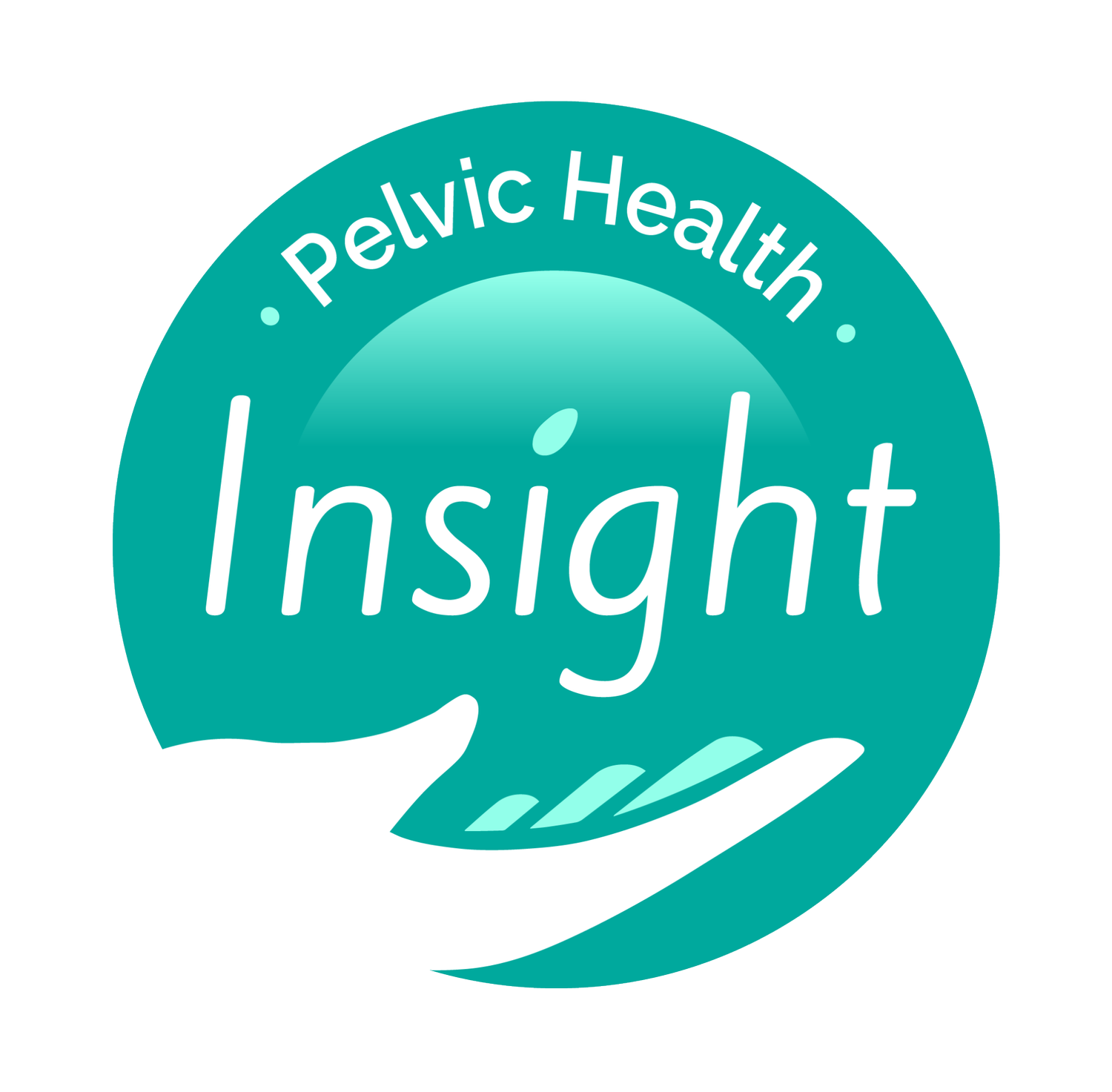Let’s Talk About Breastfeeding!
Each postpartum journey can be so different. Not just from one person to another, but even between each child a person has. No matter what that journey looks like, this is general information on breastfeeding, and more specifically, the immense benefits of breastfeeding. It is not discussing formulas, although we can all appreciate how great it is to have that option when needed.
Breastmilk is one of the most incredible things a woman’s body can produce - perhaps outside of actually creating human life. Human milk production is specific to humans. This means the composition of human milk is ideal for brain growth versus the milk composition of other mammals which will focus on muscle and bone building over brain growth. The composition of milk itself will change as the baby grows. This will vary if the baby is preterm or more mature which dictates what is needed more - protein, fat, etc. What is so amazing is the interaction of the baby’s saliva with the woman’s nipple; the genetic coding of the baby’s saliva enters into the mom and that information reaches the milk making glands to curate milk composition needed for the baby at that specific time. This is why when a baby is sick, the milk production (and therefore composition) will support the baby’s immune system more at that time. We also know that the contents of breastmilk for male babies will be 25% higher in energy than for female babies. How cool it is to think about how specialized breastmilk is for each individual baby?
When it comes to breastfeeding, some common misconceptions come up. One is regarding the size of a woman’s breast and thinking that smaller breasts will result in less milk production and capacity. This, as a whole, is untrue. However, smaller breasts may need to nurse more frequently depending on the baby's temperament. Breast capacity actually ranges from 2.6 oz to 20 oz., which is a huge range. The average capacity is about 2.5 oz./breast. It’s also important to remember that milk production will start with small amounts directly postpartum because the baby’s tummy is so small and they don’t need much milk yet. In order for milk production to incrementally increase with the baby's tummy capacity, more frequent feedings are necessary. It’s important to remember that:
Frequency of nursing matters much more than how long you actually nurse for.
During those early days and weeks, the baby is typically nursing every 2-4 hours. With that said, new moms will need to nurse at night in order to keep milk supply and production up. After about 2-4 weeks, the baby can begin sleeping for longer stretches, but mom should still continue moving milk (pumping) to keep supply up. Below is a picture representing milk production in early days:
Unfortunately, women who birth a child and have the desire to breastfeed will have the highest likelihood of ceasing breastfeeding in the first 10 days of their postpartum period. For lactation consultants, PTs, OTs, and a women's support team, this highlights how important it is to offer support in those initial days postpartum. The biggest reason for ceasing breastfeeding is due to nipple pain, painful latch, and the belief that a woman is not making enough milk for their baby (discussed above). PTs and OTs can have the biggest impact on pain associated with breastfeeding. Below is an easy to remember latch positioning rhyme:
“Tummy to mummy, nose to nips, head above hips, flex the hips, to open the lips”
It is so important to continue mobility work to the thoracic spine (mid-spine) because of the nerves that innervate the nipple and other milk-making properties. We want to make sure there aren’t any restrictions, so focusing on mobility, lymphatic drainage, muscle tension, and nerve tension can all improve milk supply and comfort with breastfeeding.
We now have a whole program, at Insight, devoted to the prenatal and postnatal periods that go over mobility routines to focus on if your goal is to breastfeed. There are a slew of other resources, exercises, and stretches as well that physical therapists are able to offer you.
One of our pelvic floor physical therapists here at Insight Pelvic Health would love to be a part of your support team!

